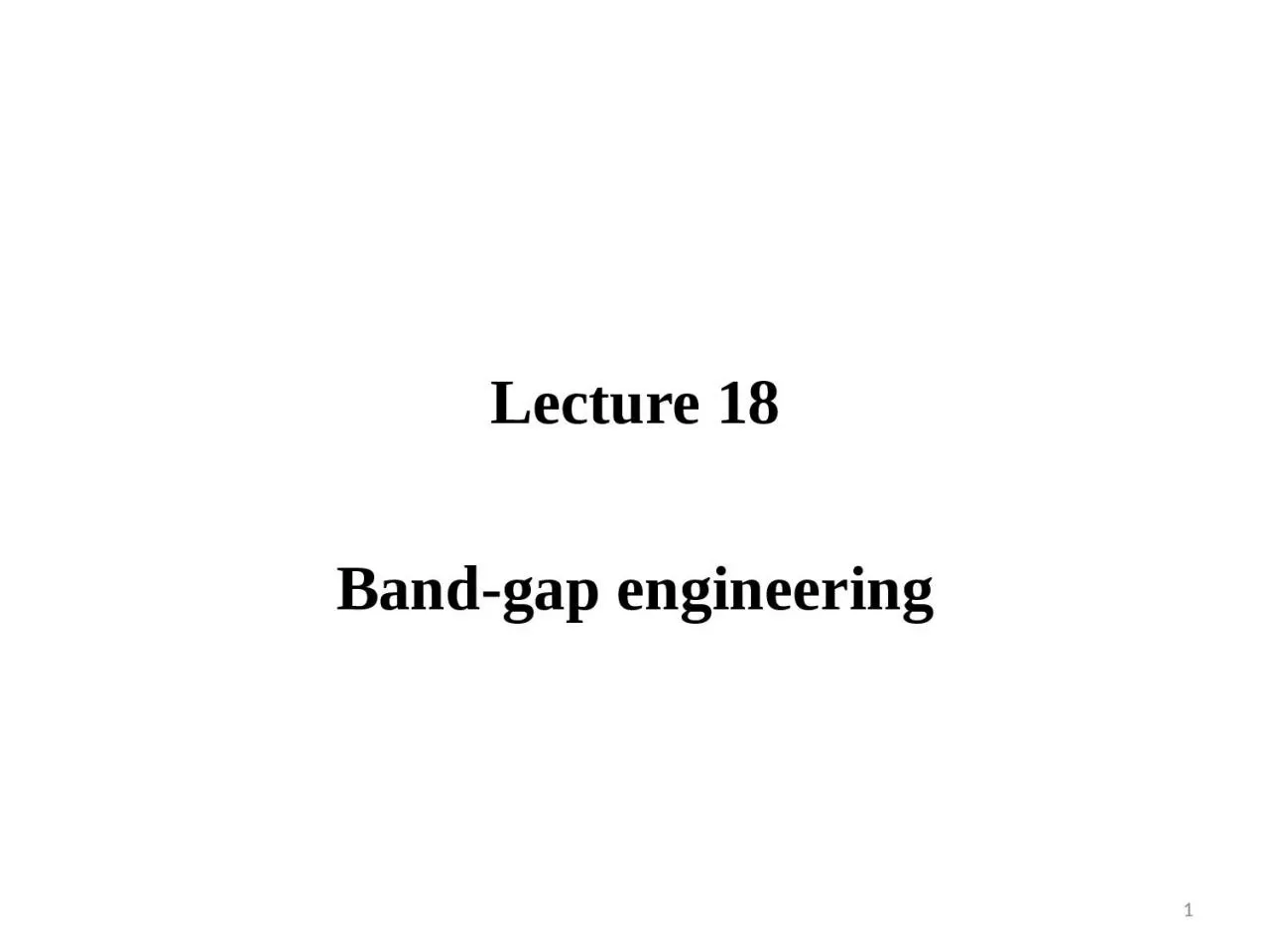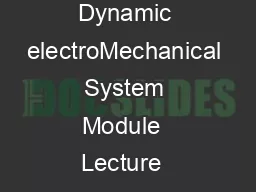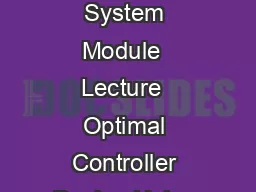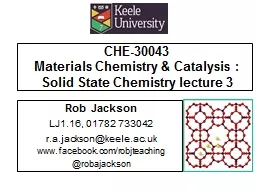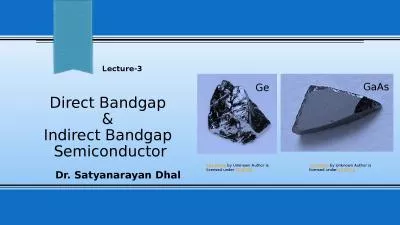PPT-Lecture 18 Band-gap engineering
Author : ruby | Published Date : 2023-10-04
1 Recap Magnetoresistance is the tendency of a material often ferromagnetic to change the value of its electrical resistance in an externallyapplied magnetic field
Presentation Embed Code
Download Presentation
Download Presentation The PPT/PDF document "Lecture 18 Band-gap engineering" is the property of its rightful owner. Permission is granted to download and print the materials on this website for personal, non-commercial use only, and to display it on your personal computer provided you do not modify the materials and that you retain all copyright notices contained in the materials. By downloading content from our website, you accept the terms of this agreement.
Lecture 18 Band-gap engineering: Transcript
Download Rules Of Document
"Lecture 18 Band-gap engineering"The content belongs to its owner. You may download and print it for personal use, without modification, and keep all copyright notices. By downloading, you agree to these terms.
Related Documents

